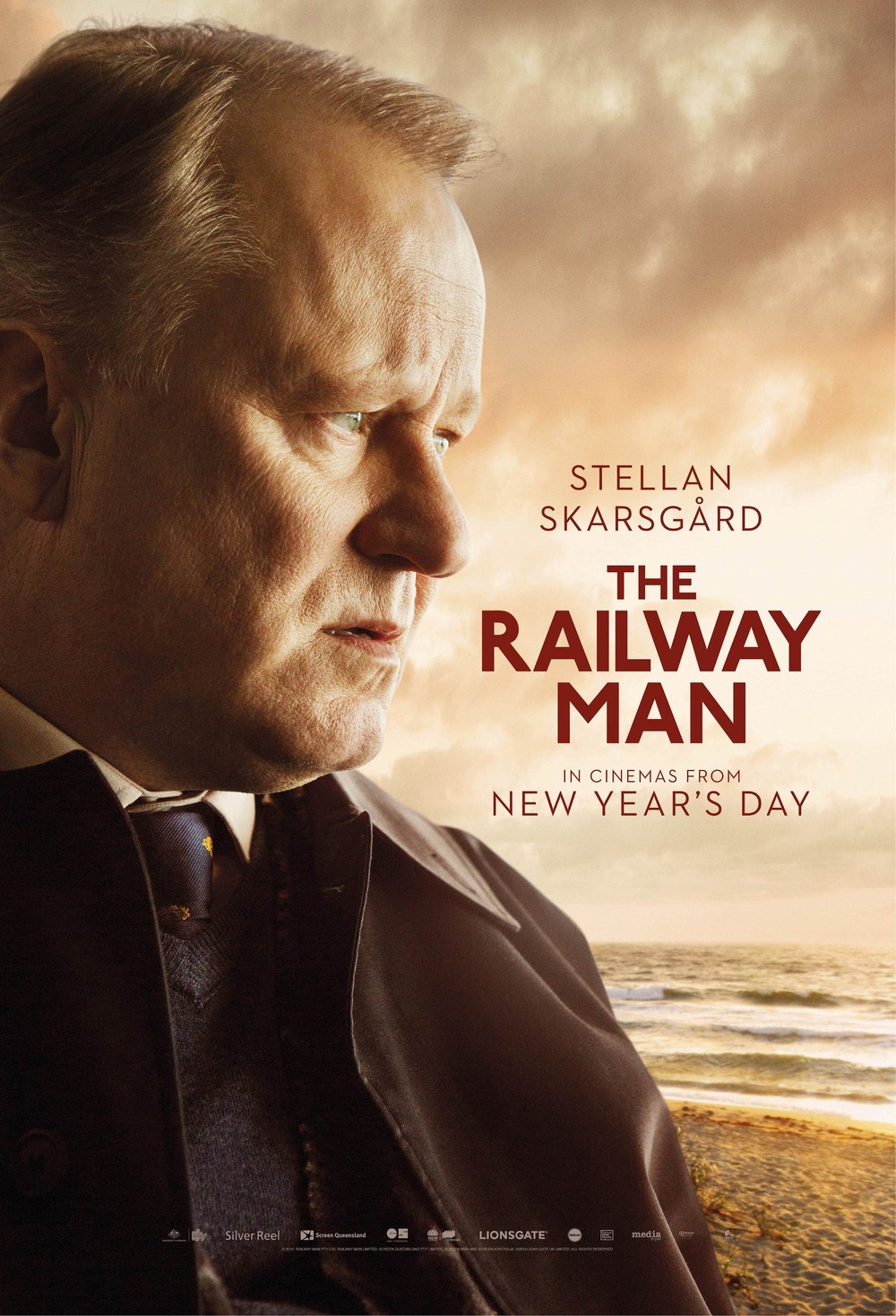

Along the way there’s a camaraderie with fellow ex-soldier Findlay, embodied with existential fragility by Stellan Skarsgaard. Firth plays the elder Lomax, who meets his wife on a train-Nicole Kidman, unconvincing at playing mundane– during the 1980’s and with her help, eventually discovers that the architect of his misfortune, an aged officer named Nagaste ( Hiroyoku Sanada), is working as a tour guide at a Japanese museum. What saves the day-and a good chunk of the film-is the work of Teplitzky and his actors, particularly Firth, who was no doubt snagged because of his penchant for playing affable but internally fractured Brits faithfully sallying forth through adversity. Never as bold as it needs to be, The Railway Man tiptoes suspiciously around its redemptive aspects and finally seems hell-bent on forcing them down with mawkish sentiment. The fractured nature of the film undoes some of the organic interest that resides in Lomax’s written account, replacing it with tropes more worn-down than the returning veteran’s psyche. The structure itself is designed so as to initially hide the shape of Lomax’s ( Colin Firth) ordeal, breaking the film into essentially three smaller pictures, a picaresque and charming Merchant Ivory style romance with wife Patti ( Nicole Kidman), a brutal and harrowing war flick, and finally a tense bit of hopeful, life-affirming drama. Teplitzky takes a time-jumping script by Frank Cottrell Boyce and Andy Paterson and crafts a handsome but occasionally flat picture, one that resides somewhere in the gap between old-fashioned and stylistically stale. The success rate here is a little better than half. Based off Lomax’s own poignant memoir, Jonathan Teplitzky’s The Railway Man does its best to honor the unique compassion of the account without succumbing to schmaltz or banal arthouse prestige.

What sets the story apart is not what Lomax was subject to-tragically, over 60,000 POWs were forced into similar situations on the “Death Railway”-but how he reacted years later when confronted with the possibility of meeting one of the men chiefly responsible for his misery. In addition to enduring torture at the hands of his captors, Lomax was also pressed into service building the Burma Railway, the same one that featured prominently in David Lean’s The Bridge on the River Kwai. A British signals officer in WWII, Lomax was taken as a prisoner of war bythe Japanese during the fall of Singapore in 1942. The story of Eric Lomax began as one of great misfortune, only to became extraordinary because of the forgiving choices of the man at its heart.


 0 kommentar(er)
0 kommentar(er)
